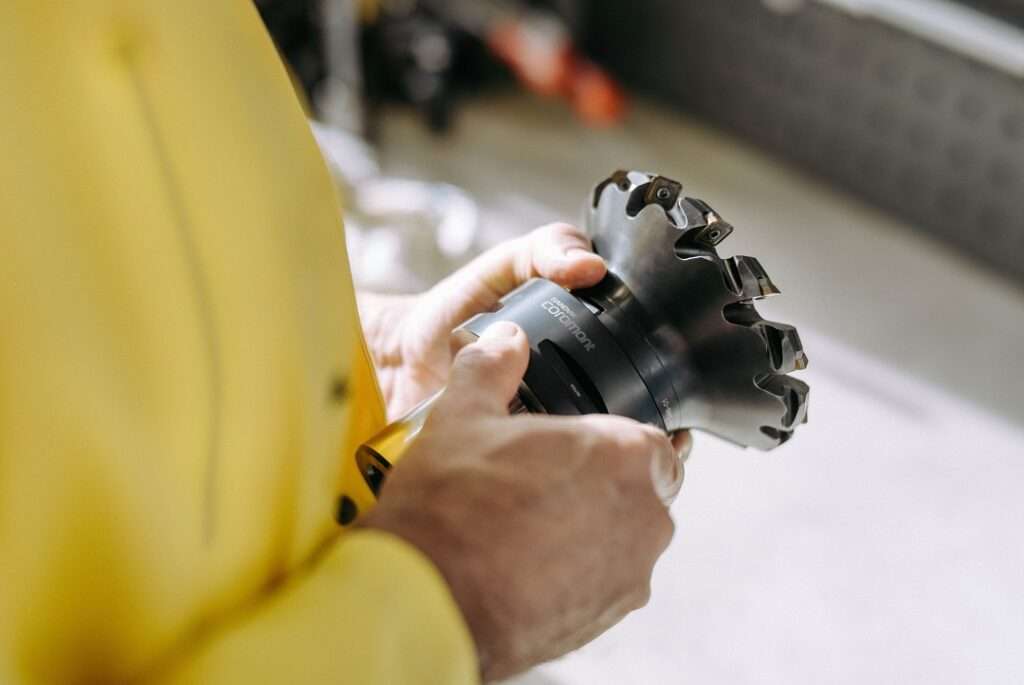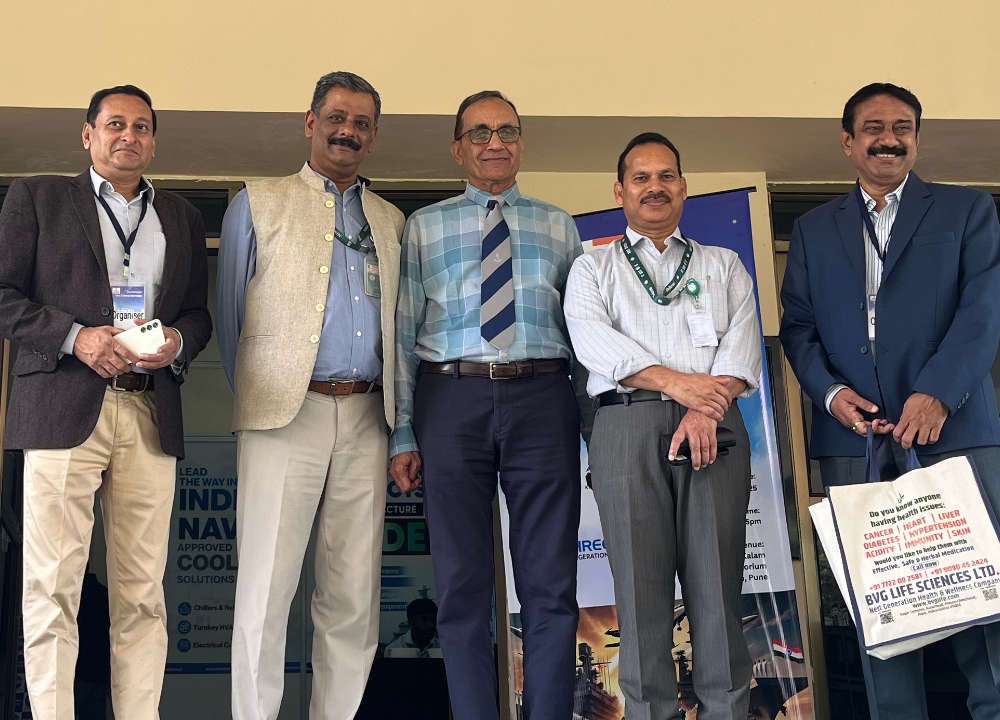The Sponge Bomb, developed by the Israel Defense Forces (IDF), marks a significant advancement in tunnel warfare. Unlike traditional explosives, it seals tunnels without causing explosions, offering a precise combat tool. This innovation addresses the challenge posed by Hamas’ extensive tunnel network, known as the “Gaza Metro.” However, its use requires careful training due to potential risks. Specialized tunnel units equipped with advanced technology and robots enhance the IDF’s capabilities. The Sponge Bomb’s introduction highlights the evolving nature of warfare, emphasizing the importance of innovation and adaptability in military strategy.
Against the backdrop of the Israel-Hamas War that has tensed up the entire world, a groundbreaking innovation has emerged: the Sponge Bomb. Developed by the Israel Defense Forces (IDF), this unconventional marvel redefines the art of underground combat. Departing from the thunderous explosions of conventional munitions, it offers a measured, calculated approach to neutralizing subterranean threats. This innovation arrives as a beacon of hope for military strategists, poised to level the playing field against adversaries fortified within their underground labyrinths. The Sponge Bomb’s arrival is nothing short of a revelation, proving that in the uncharted depths beneath our feet, new strategies and technologies can emerge, breathing fresh life into the ever-evolving arena of combat and warfare.
How the Sponge Bomb Works
The Sponge Bomb, IDF’s ingenious creation, represents a significant departure from conventional explosives. Unlike typical bombs that produce powerful explosions, this specialized device operates on an entirely different principle. Instead of causing destructive blasts, it skillfully seals tunnels, offering a level of precision previously unseen in combat operations. This remarkable innovation has far-reaching implications, particularly in the context of countering Hamas’ strategic advantage within their expansive tunnel network known as the “Gaza Metro.”

The “Gaza Metro” encompasses a vast network of subterranean passages, spanning hundreds of miles and plunging to depths of up to 40 meters. According to ex-Israeli military brigadier general, Amir Avivi, “There is a whole city all over Gaza underneath with depths of 40-50 metres. There are bunkers and headquarters and storage and, of course, they are connected to more than a thousand rocket launching positions.” This extensive labyrinth grants Hamas a significant tactical advantage, enabling them to evade aerial attacks and move covertly throughout the region. Navigating this complex network is a perilous endeavor, compounded by the presence of strategically placed booby traps. In this daunting environment, the Sponge Bomb emerges as a critical tool, mitigating the risk of ambushes and providing a means to neutralize Hamas’ underground stronghold. By eschewing the destructive force of traditional explosives, the Sponge Bomb introduces a controlled approach to subterranean warfare. Its ability to effectively seal tunnel openings without causing widespread devastation makes it an invaluable asset on the battlefield.
The sponge bomb is cleverly designed. It’s kept in a protective plastic case and has two different liquids inside, separated by a metal barrier. When a trained soldier activates it, the metal barrier is removed, and the liquids mix. As the bomb moves towards the tunnel, the liquids combine, expand quickly, and harden. This seals up the tunnel openings and makes them unusable. Using the sponge bomb requires careful training and precise execution. IDF soldiers have to learn how to handle and use these devices safely and effectively. They are required to practice in realistic simulations, such as at the Tze’Elim army base, where they have to get used to using the sponge bomb in proxy tunnels. This training makes sure the sponge bomb, in trained and expert hands, is a dependable tool for countering the underground threat.
Enhancing Security in Underground Operations
The “Gaza Metro” is a big network of tunnels and a tough challenge for Israeli forces. They let Hamas avoid being hit by Israeli airstrikes and move secretly around the area. Navigating these tunnels is dangerous because Hamas has set up many traps in the way. The sponge bomb, therefore, is a really important technological innovation as it helps reduce the risk of ambushes when Israeli troops go underground. To handle the complex tunnels, the IDF has created special units focused on tunnel reconnaissance. These units play a crucial role in finding and dealing with subterranean tunnels. The soldiers also have equipment that lets them see in total darkness, which is really important underground.
Despite its effectiveness, the sponge bomb comes with its own set of challenges. The substance it contains demands meticulous handling, as lapses have unfortunately resulted in injuries, including cases of vision impairment. Recognizing these risks, the IDF places a strong emphasis on safety protocols and ongoing training. This ensures that soldiers are equipped with the necessary expertise to deploy the sponge bomb with utmost care and precision, mitigating the potential for accidents and ensuring the safety of both troops and civilians in high-stakes environments.
Better Technology for Winning in Tunnel Warfare
The IDF is using advanced technology to be better in tunnel reconnaissance and warfare. They use special sensors, ground-penetrating radar, and really good equipment for seeing underground. These tools help them know where Hamas tunnels are and how they’re built, which makes their countermeasures more effective.

CC BY-SA 4.0, via Wikimedia Commons
Regular radio signals have problems underground, so the IDF came up with smart solutions such as robots and drones. The IRIS drone, for instance, made by an Israeli company called Roboteam, is a disposable but very capable tool. It sends real-time pictures to operators in safe places. This new tech could change how we explore and operate underground, giving a big advantage against hidden threats. Alongside drones, the IDF is also using the MTGR tactical ground robot. Soldiers can use it inside buildings or caves. This advanced tech helps soldiers move and fight effectively underground. It lets humans get directly involved, making the IDF even better in subterranean warfare.
Prospects and Impacts of the Sponge Bomb in the Time to Come
The introduction of the sponge bomb heralds a significant shift in the landscape of modern warfare. This innovative tool represents a departure from conventional methods, potentially reshaping the dynamics of conflicts worldwide. By adopting a novel approach, the Israel Defense Forces (IDF) demonstrate their adaptability and ingenuity in the face of evolving threats. This development highlights the paramount importance of staying ahead in military planning, emphasizing the need for continual innovation in strategic thinking.
Moreover, the utilization of the sponge bomb provides the IDF with a substantial advantage in countering Hamas’ subterranean dominance. By neutralizing the enemy’s underground stronghold, the IDF gains the potential to conduct operations with heightened precision and effectiveness. This, in turn, holds the promise of reducing unintended harm to both military personnel and civilian populations, reflecting a more targeted and strategic approach to engagements.
The sponge bomb exemplifies the constantly evolving nature of warfare. As conflicts persist and adversaries adapt, the imperative to conceive fresh ideas and employ cutting-edge technology becomes all the more important. Its emergence underscores the critical role of creativity and innovation in modern military endeavors, reinforcing the notion that ongoing learning and improvement are critical in navigating the complex world of war. The development of the sponge bomb technology shows how we, as a global community, are getting better at finding new ways to fight and protect ourselves. It’s like a guiding light, proving that we’re making big strides in using smarter plans in the face of evolving global challenges.








